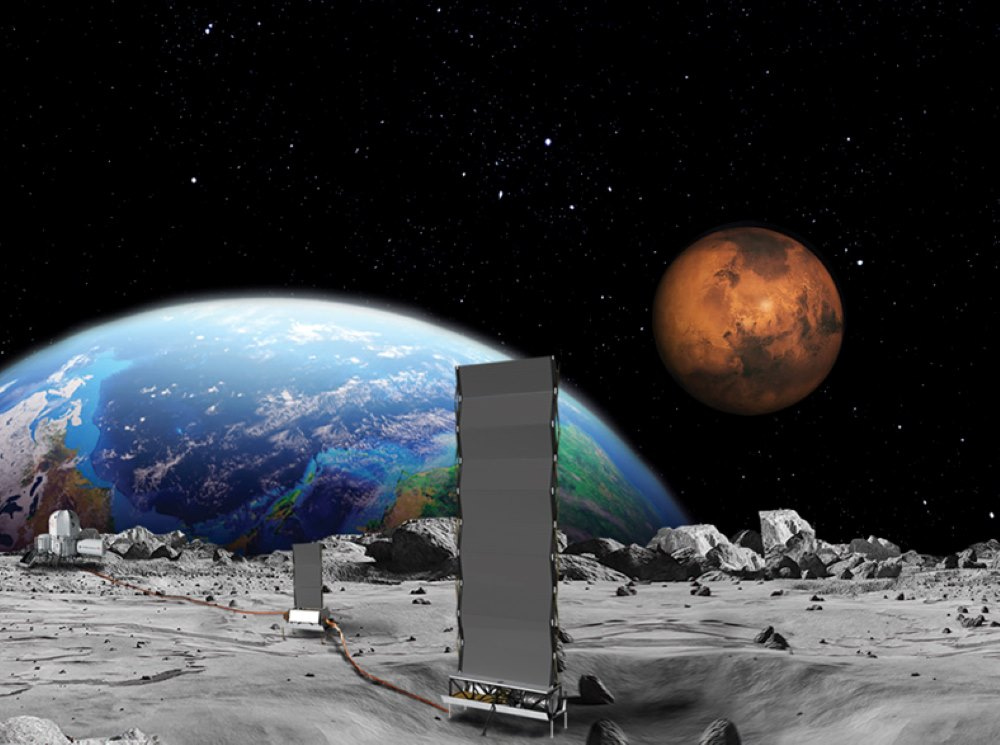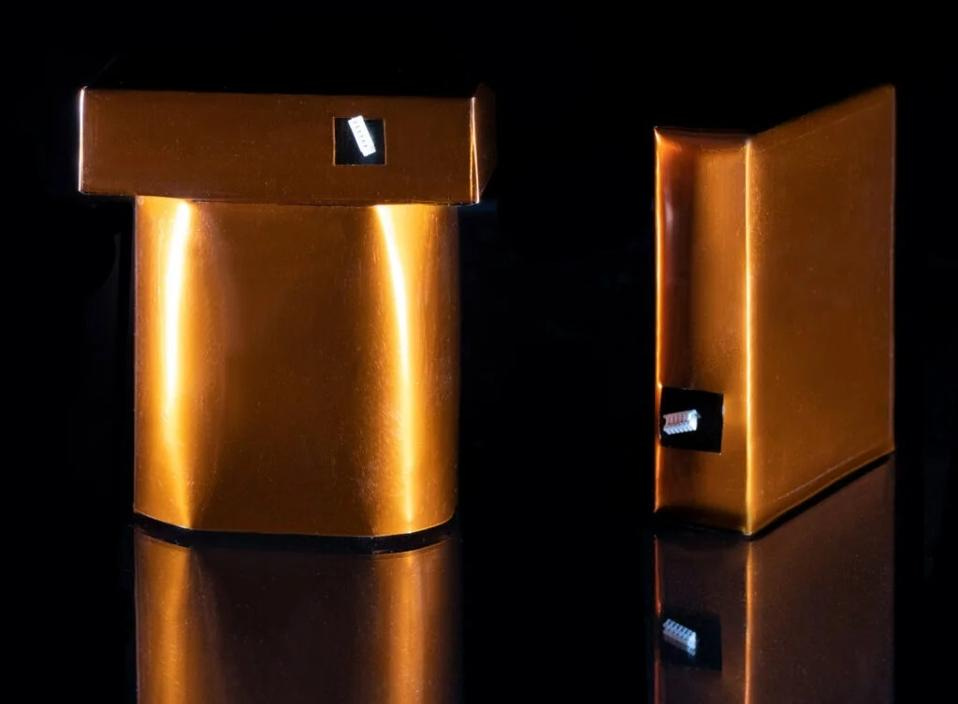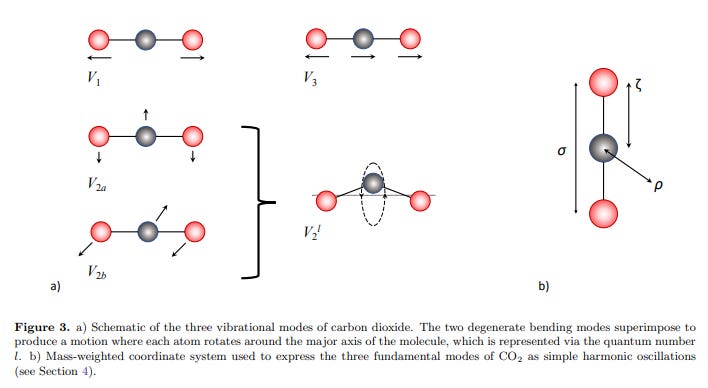Nuclear Power on the Moon, Quantum Climate, & Alternative Propulsion
This week’s science bits from SWTG
NASA Plans to Put Nuclear Reactor on the Moon
Conceptual design for moon reactor. Image Credit: NASA
NASA has just completed the initial moon “phase” (hardy har har) of its Fission Surface Power Project under the Artemis Program. The project aims to develop small nuclear fission reactors for sustainable energy on the Moon during the 14-day lunar night, when solar power is not available. The reactors will weigh just under six metric tons and are designed to provide a decade-long autonomous power supply, generating 40 kilowatts, enough to power approximately 33 households on Earth.
The Fission Surface Power Project awarded 12-month contracts to Lockheed Martin (partnering with BWXT and Creare), Westinghouse (partnering with Aerojet Rocketdyne), and IX (a joint venture of Intuitive Machines and X-Energy partnering with Maxar and Boeing) for the development of small nuclear fission reactors on the moon.
Watch a short video here, read an article here, and read NASA press releases here and here.
Quantum Thrust Propulsion Inertial Orbit Drive Fails….Again
The controversial quantum drive. Image: IVO Ltd.
Rogue Space Systems has faced a major setback in its quest for a supposedly revolutionary new “quantum thrust” propulsion technology. The company’s eagerly anticipated test launch of its new quantum drive aboard the Barry 1 satellite was cut off when the satellite encountered power-system failures during its launch and early orbit phase starting November 11, 2023. The company lost contact with the satellite on Feb 9, 2024, just before the test could start.
Indeed, the test conjures unpleasant memories of NASA/DARPA/Eagleworks collaborative’s false-positive alarm about a not-so-working-after-all propellant-less EM drive: it turned out that the press-lauded, radio-frequency, cavity-resonance thrust measured by NASA scientists was really just environmental systematic error in which interference between the drive’s power cords and Earth’s magnetic field was hyped and misidentified.
Quantum Drive creator Richard Mansell says his quantized inertia (QI) works differently. According to him, the drive will be driven by the Unruh effect. I think he has misunderstood what the Unruh effect is, but be that as it may, the failure of Barry 1 to perform the Quantum Drive test sparks both frustration and hope within the alternate propulsion community, highlighting the huge risk-to-reward ratio involved in pioneering creation of new tech, especially tech relying on “esoteric” untested phenomena.
Articles of varying degrees of skepticism reviewing the situation here, here, and here, and a prediction of what would happen if the QI drive works out here.
Climate Change? It’s All Quantum Mechanics, Really.
Image: Wordsworth et al, arXiv:2401.15177
If you are like me, you’ve probably been wondering: How did carbon get to be such a bad guy anyway? After all, it’s the foundation of all carbon-based life, right? How can such a good guy go bad? Well, you can now blame the delinquency of carbon on the bad influence of Fermi resonance! In an interesting reverberation of Eunice Foote’s 1856 discovery that carbon dioxide traps heat, a Harvard University team has gone a long way toward explaining why carbon dioxide is so good at trapping heat. The reason? Quantum mechanics.
When carbon dioxide, a carbon molecule flanked by two oxygen atoms, is bombarded by specific wavelengths of incoming light, the quantum modes of the molecule begin to jiggle, vibrate, stretch, and bend, resulting in overlap and constructive interference of waveforms. Two special high-frequency vibrational modes, the bending and stretching modes, resonate like pendulums affixed to the same shelf. The team estimates about half of carbon dioxide’s warming effect is from this Fermi resonance.
More here, pre-print here.






